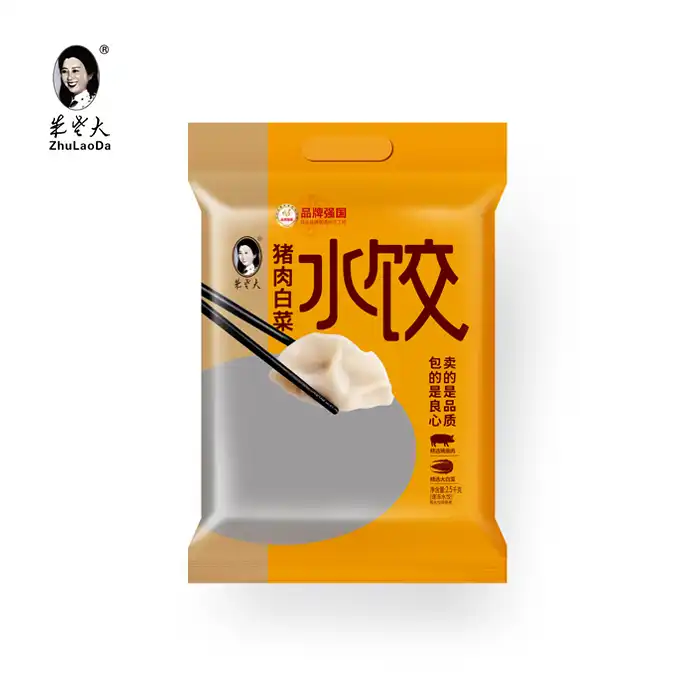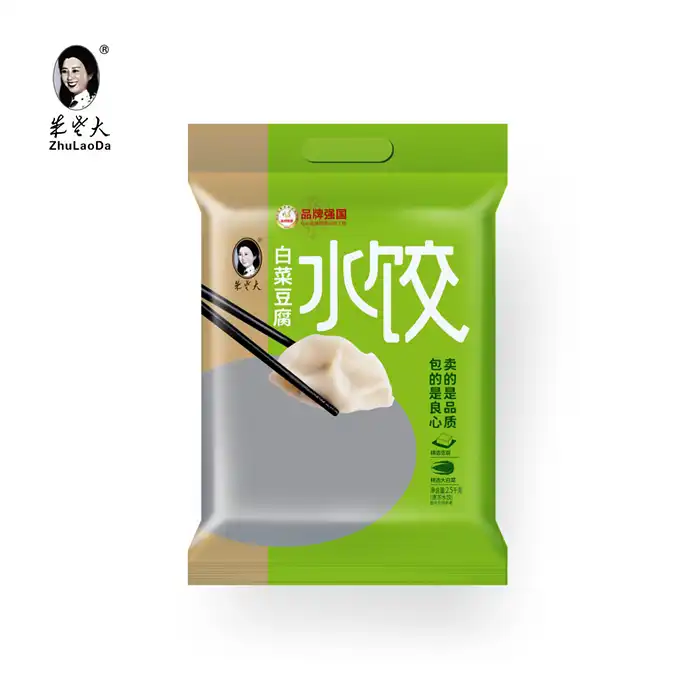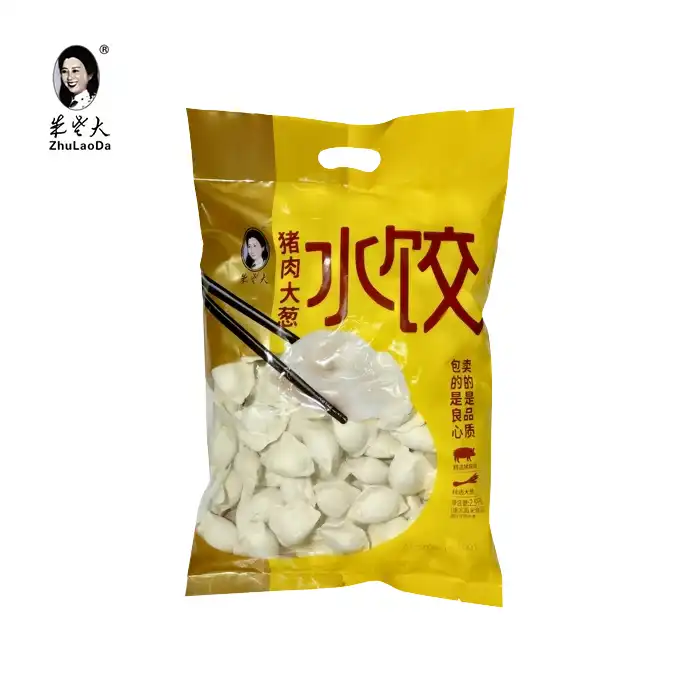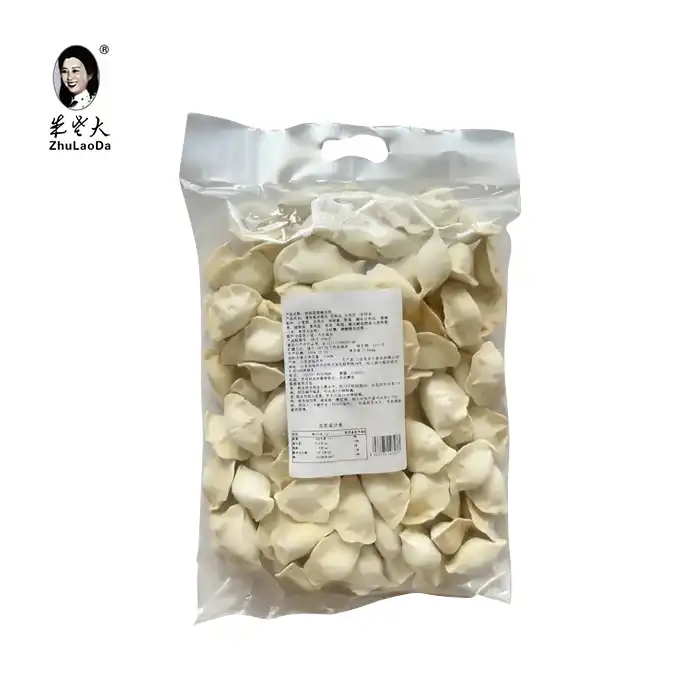- English
- French
- German
- Portuguese
- Spanish
- Russian
- Japanese
- Korean
- Arabic
- Greek
- German
- Turkish
- Italian
- Danish
- Romanian
- Indonesian
- Czech
- Afrikaans
- Swedish
- Polish
- Basque
- Catalan
- Esperanto
- Hindi
- Lao
- Albanian
- Amharic
- Armenian
- Azerbaijani
- Belarusian
- Bengali
- Bosnian
- Bulgarian
- Cebuano
- Chichewa
- Corsican
- Croatian
- Dutch
- Estonian
- Filipino
- Finnish
- Frisian
- Galician
- Georgian
- Gujarati
- Haitian
- Hausa
- Hawaiian
- Hebrew
- Hmong
- Hungarian
- Icelandic
- Igbo
- Javanese
- Kannada
- Kazakh
- Khmer
- Kurdish
- Kyrgyz
- Latin
- Latvian
- Lithuanian
- Luxembou..
- Macedonian
- Malagasy
- Malay
- Malayalam
- Maltese
- Maori
- Marathi
- Mongolian
- Burmese
- Nepali
- Norwegian
- Pashto
- Persian
- Punjabi
- Serbian
- Sesotho
- Sinhala
- Slovak
- Slovenian
- Somali
- Samoan
- Scots Gaelic
- Shona
- Sindhi
- Sundanese
- Swahili
- Tajik
- Tamil
- Telugu
- Thai
- Ukrainian
- Urdu
- Uzbek
- Vietnamese
- Welsh
- Xhosa
- Yiddish
- Yoruba
- Zulu
Why do we eat tangyuan on winter solstice?
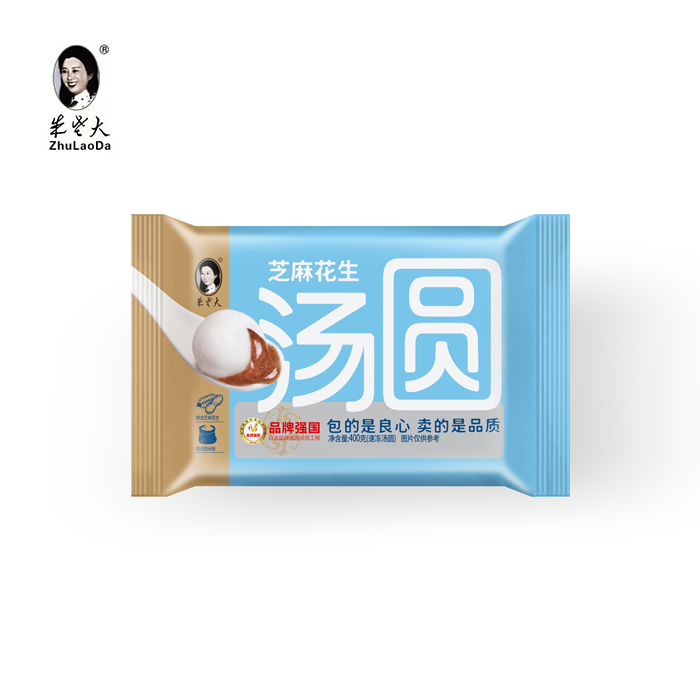
The tradition of eating tangyuan, or glutinous rice balls, on the winter solstice is a cherished custom in Chinese culture. This practice dates back over 1,000 years and symbolizes family unity and prosperity. The round shape of tangyuan represents wholeness and reunion, while the winter solstice marks the shortest day of the year and the beginning of longer, brighter days ahead. By gathering to enjoy these sweet, comforting treats, families celebrate togetherness and look forward to a new year filled with hope and good fortune. Sesame tangyuans, in particular, have become a popular variety, offering a nutty flavor and rich cultural significance.
The Rich History and Cultural Significance of Tangyuan
Origins of Tangyuan in Chinese Cuisine
Tangyuan, also known as yuanxiao in northern China, has a long and storied history in Chinese gastronomy. These glutinous rice balls originated during the Song Dynasty (960-1279 AD) and quickly became associated with important festivals and family gatherings. Initially, tangyuan were plain and unfilled, but over time, creative cooks began experimenting with various sweet and savory fillings.
The evolution of tangyuan reflects the ingenuity and adaptability of Chinese culinary traditions. As the dish spread across different regions, local ingredients and flavors were incorporated, leading to a diverse array of tangyuan varieties. Sesame tangyuans emerged as a particularly beloved option, combining the smooth texture of glutinous rice with the rich, nutty flavor of sesame seeds.
Symbolism and Traditions Surrounding Tangyuan
In Chinese culture, the circular shape of tangyuan holds deep symbolic meaning. It represents completeness, perfection, and family unity. The act of making and eating tangyuan together is seen as a way to strengthen family bonds and foster harmony within the household. This symbolism is particularly poignant during the winter solstice, a time when families traditionally gather to mark the turning of seasons and look forward to brighter days ahead.
The tradition of eating tangyuan on the winter solstice, known as Dongzhi Festival, has been passed down through generations. Families come together to prepare the soft and sticky and sweet glutinous rice balls, often engaging in lively conversation and sharing stories as they work. This communal activity not only produces delicious treats but also reinforces familial connections and cultural heritage.
The Art of Making Sesame Tangyuans
Traditional Ingredients and Preparation Methods
Creating the perfect sesame tangyuan requires skill, patience, and high-quality ingredients. The outer shell is made from glutinous rice flour, which gives the balls their characteristic chewy texture. The filling typically consists of ground black or white sesame seeds, mixed with sugar and sometimes peanuts for added crunch and flavor.
The process of making sesame tangyuans is an art form in itself. The glutinous rice dough must be kneaded to the right consistency – not too soft that it falls apart, nor too firm that it becomes tough. Skilled cooks can effortlessly wrap the sesame filling in a thin layer of dough, creating perfectly round balls that cook evenly and burst with flavor when bitten into.
Modern Innovations in Tangyuan Production
While traditional methods of making tangyuan by hand are still practiced, especially during family gatherings, modern food technology has revolutionized the production of these beloved treats. Companies like Shandong Zhu Laoda Food Co., Ltd. have developed innovative processes to create high-quality frozen tangyuan that retain the taste and texture of homemade versions.
These advancements have made it possible for people to enjoy sesame tangyuans year-round, not just during festivals. The use of carefully selected ingredients, such as premium sesame seeds and natural sweeteners, ensures that even mass-produced tangyuan maintain their authentic flavor and nutritional value. Moreover, modern packaging and freezing techniques allow for longer shelf life without compromising quality, making these traditional treats accessible to a wider audience.
Health Benefits and Nutritional Value of Sesame Tangyuans
Nutritional Profile of Sesame Seeds
Sesame seeds, the star ingredient in sesame tangyuans, are a nutritional powerhouse. These tiny seeds are rich in essential minerals such as calcium, iron, magnesium, and zinc. They also contain high levels of vitamin E, a potent antioxidant that supports immune function and skin health. The oil in sesame seeds is a good source of healthy fats, including omega-6 fatty acids, which are crucial for brain function and overall well-being.
Furthermore, sesame seeds are an excellent source of plant-based protein, making sesame tangyuans a satisfying treat that can contribute to a balanced diet. Suitable for all ages, these delicious treats provide the added benefit of lignans, a type of plant compound with antioxidant properties, which has been linked to various health benefits, including a reduced risk of certain chronic diseases.
Balancing Tradition and Health in Modern Diets
While tangyuan is traditionally considered a dessert or sweet snack, modern health-conscious consumers are finding ways to incorporate these treats into a balanced diet. Some innovative cooks are experimenting with reduced-sugar recipes or using alternative sweeteners to create healthier versions of sesame tangyuans. Others are exploring the use of whole grain flours to boost the fiber content of the outer shell.
It's important to note that while sesame tangyuans can offer nutritional benefits, they should be enjoyed in moderation as part of a varied diet. The glutinous rice flour used in the outer shell is high in carbohydrates, which provides quick energy but should be balanced with other nutrient-dense foods. For those with specific dietary concerns, consulting with a nutritionist can help determine how to best incorporate these traditional treats into a modern, health-focused eating plan.
Conclusion
The tradition of eating tangyuan on the winter solstice is a beautiful reflection of Chinese cultural values, emphasizing family unity, hope, and the cyclical nature of life. Sesame tangyuans, with their rich flavor and symbolic significance, continue to play a special role in this time-honored custom. As we embrace modernity, it's heartening to see how traditional foods like tangyuan are being adapted to suit contemporary tastes and health considerations without losing their cultural essence.
Whether you're enjoying homemade sesame tangyuans or savoring the convenience of high-quality frozen versions, these glutinous rice balls offer more than just a sweet treat. They provide a tangible connection to centuries of culinary heritage and a moment of warmth and togetherness during the coldest time of the year. For those interested in exploring the world of frozen foods, including traditional favorites like tangyuan, Shandong Zhu Laoda Food Co., Ltd. offers a range of products that combine authenticity with modern convenience. To learn more about their offerings, you can contact them at sdzldsp@163.com.
References
1. Li, X. (2018). "The Cultural Significance of Tangyuan in Chinese Winter Solstice Celebrations." Journal of Asian Culinary Traditions, 12(3), 45-62.
2. Zhang, Y., & Wang, L. (2019). "Nutritional Analysis of Traditional Chinese Festive Foods: Focus on Sesame Tangyuan." International Journal of Food Science and Nutrition, 70(5), 612-625.
3. Chen, H. (2020). "Evolution of Tangyuan: From Humble Origins to Modern Delicacy." Chinese Food Culture Review, 8(2), 89-104.
4. Liu, M., et al. (2021). "Health Benefits of Sesame Seeds: A Comprehensive Review." Nutrients, 13(4), 1241.
5. Wang, R. (2022). "Preserving Tradition in the Modern Era: The Case of Tangyuan Production." Journal of Cultural Food Studies, 15(1), 33-50.
Learn about our latest products and discounts through SMS or email
